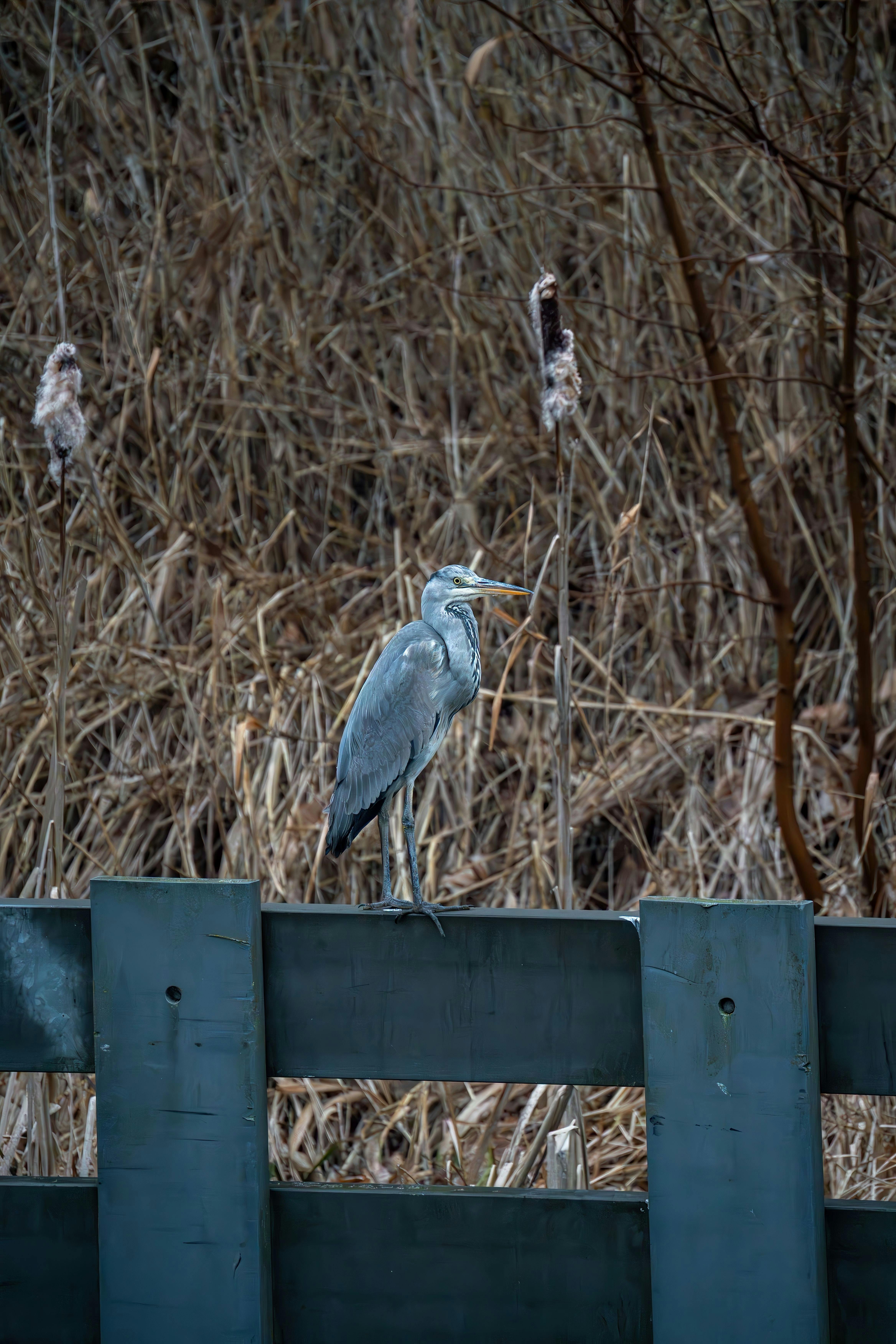
Practical Guide to Aquarium Plants for Beginners in 2025
Creating a vibrant aquarium setup is an exciting project that can transform your living space. Among the many components of a successful aquarium, aquarium plants play a crucial role in enhancing aesthetics, providing hiding spots for fish, and maintaining water quality. For beginners in 2025, understanding the basics of live aquarium plants, including their care and selection, is essential to building a healthy aquatic environment.
The benefits of incorporating aquarium plants are numerous: they oxygenate the water, offer natural algae control, and create a lush habitat that can stimulate fish behavior. With a variety of species available, ranging from low-maintenance options to more complex varieties, beginners can easily find the best aquarium plants to suit their unique setups.
This guide will walk you through essential considerations for selecting and caring for aquatic plants, the features that make them suitable for beginners, and tips for maintaining a flourishing aquarium tank. By the end of this article, you'll be equipped with the knowledge necessary to embark on your aquatic gardening journey.
Key takeaways include tips on plant selection, care routines, and the best practices for maintaining a thriving aquatic landscape.
Choosing the Best Aquarium Plants for Your Setup
When starting with aquarium plants, the first step is understanding the types that are best suited for beginner setups. Among the most recommended for novice aquarists are hardy varieties that thrive with minimal care.
Understanding Plant Varieties for Aquariums
Easy aquarium plants such as the Amazon sword plant and Java fern are excellent starting points. These species are not only forgiving but also adapt well to different water conditions, making them perfect for beginners. Additionally, Anubias plants and Cryptocoryne (crypts) offer robust options that can withstand variations in light and temperature.
For those interested in colorful aquarium plants, consider incorporating Ludwigia repens or bacopa caroliniana for vibrant reds and greens that can enhance the aesthetic appeal of your tank.
Conditions for Successful Plant Growth
Before selecting your aquarium plants, it’s essential to evaluate your tank's lighting conditions. Low light aquarium plants like Ferns and Hygrophila polysperma are perfect for tanks where high lighting is not feasible. These plants not only thrive in less intense light but also contribute to maintaining a balanced ecosystem.
Another factor to consider is the aquarium substrate. The right aquarium plant substrate, like nutrient-rich soil or gravel, can provide the necessary support for root development and overall plant health. Moreover, using aquatic plant fertilizer will boost plant growth and ensure they thrive in their habitat.
Integrating Plant Care into Your Routine
Maintaining aquarium plants requires regular attention to their needs. Aquarium plant care includes monitoring water parameters such as pH levels and light intensity. Regular pruning can also help keep plants lush and promote new growth by removing dead leaves and excess growth.
Installing an efficient filtration system can significantly improve water quality, benefiting both your plants and fish. It's also ideal to incorporate a healthy balance of floating aquarium plants like water lettuce or water hyacinth that assist in oxygenation and can help prevent algae growth.
 example.com/image2.png
example.com/image2.png
Setting Up Your Aquarium Plant Tank
Once you've selected the appropriate plants, the next step is designing your aquarium setup. The layout should focus on providing each plant with adequate space while ensuring compatibility with your fish species.
Designing with Aquarium Plants
When planning the layout, consider plant heights. Tall aquarium plants should be positioned at the back to create depth, with medium height plants in the middle and small aquarium plants in the front. This arrangement enhances visibility and provides hiding spaces for smaller fish.
For those with aquariums for shrimp, ensure the chosen plants are suitable for shrimps that enjoy nibbling on biofilm and algae. Plants like dwarf hairgrass and micro-anubias are excellent choices that provide natural cover while being shrimp safe.
Common Challenges in Aquascaping
Every aquarium requires attention, and challenges such as algae growth and plant diseases may arise. To combat algae, you can incorporate algae reducing plants that consume excess nutrients, helping to maintain balance in the tank.
Additionally, providing stable water conditions is crucial for successful plant growth. Regular water testing helps in monitoring the tank's health, ensuring that your aquatic plants thrive and your fish remain safe.
 example.com/image3.png
example.com/image3.png
Maintaining a Healthy Aquarium Plant Ecosystem
Once your plants are established, the focus shifts to maintenance. Healthy aquarium plants not only look great but also contribute to a thriving tank environment.
Routine Plant Care and Maintenance
Maintaining aquatic plants involves regular pruning, fertilization, and ensuring that water parameters remain within the suitable range for your specific plant species. It's also critical to remove dead or decaying leaves that can contaminate water and invite pests.
Consider utilizing carbon dosing for plants to enhance their growth, along with ensuring that the ecological balance of fish and plants is achieved by selecting fish-friendly plants that do not hinder growth.
Experimenting with Advanced Techniques
As you become more comfortable with basic aquatic plant maintenance, experimenting with advanced care methods such as propagation can yield additional plants for your aquarium. Techniques like cuttings from healthy plants can lead to flourishing new growth while maintaining diversity within your aquatic ecosystem.
Conclusion: The Joy of Aquarium Gardening
Aquarium plants enhance the beauty and functionality of your aquascape, providing essential benefits like oxygenation and algae control while creating inviting habitats for your fish. By selecting the right types of plants and following appropriate care techniques, any beginner can nurture a successful aquarium garden.
As you gain more experience, consider exploring additional plant species and aquascaping techniques to expand your aquarium's visual richness. Embrace the journey of aquatic gardening, ensuring a balance of beauty, health, and ecological sustainability in your aquarium.
```